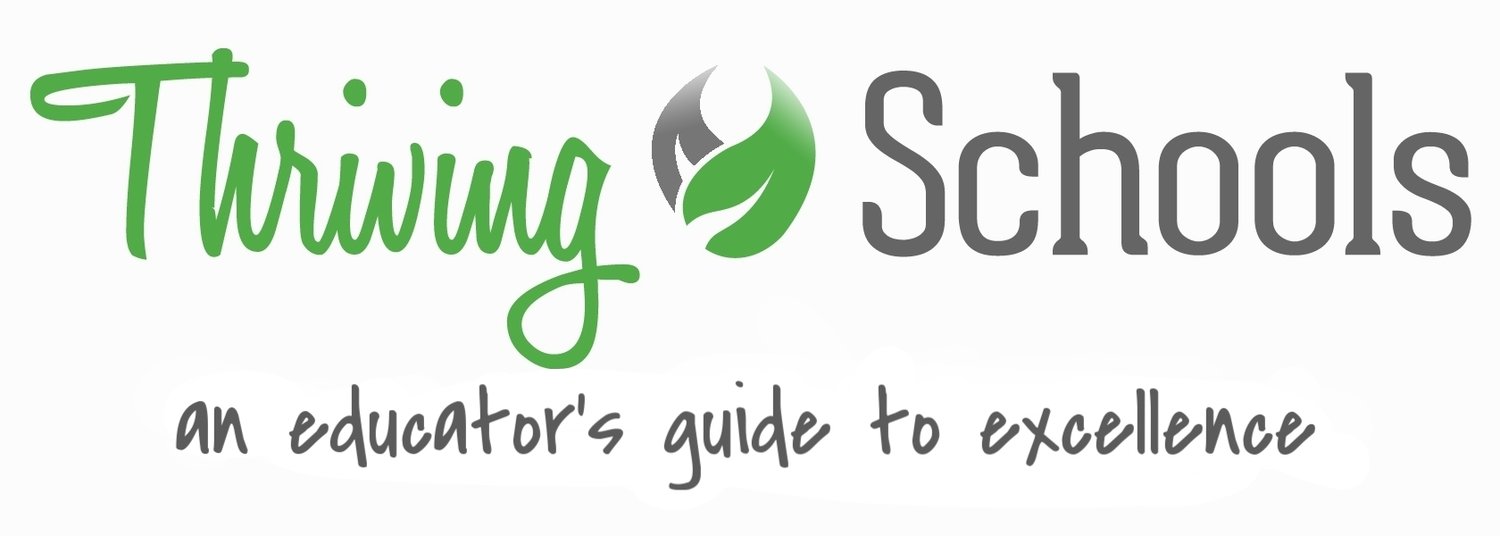Building student portfolios with Seesaw
/We recently spoke with Carl Sjogreen, Co-Founder of Seesaw, about how his company’s solutions are helping students document and share their classwork. Previously, Carl held positions at several different technology firms – he helped manage the Maps and Calendar products at Google and worked as a product manager at Facebook. Carl is excited by the potential for technology to improve educational experiences for kids.
Seesaw is a student-driven, digital portfolio that helps students document and share what they’re learning about at school.
While the idea of student portfolios has been around for a long time, they’ve never really taken off due to the significant demands placed on a teacher. It turns out collecting and organizing student work can be very time consuming! But by giving students ownership over these tasks and providing access to a wide range of media (video, pictures, audio, notes, and more), Seesaw is showing how powerful student-portfolios can be. And in the process, it’s giving students an audience for their work in ways never before seen.
So where did the idea for Seesaw come from?
Not surprisingly, teachers! Through their early relationships with educators, Carl and his co-founder Adrian Graham were hearing about the logistical challenges teachers had around collecting, organizing, and sharing student work both in the classroom and at home. Furthermore, Carl had experienced his fair share of difficulties asking his own kids, “What did you do at school today?” He felt like because he couldn’t see what was going on in the classroom he didn’t know how to have a meaningful conversation around what his kids were learning.
So what are the benefits of Seesaw? And how does this tool help teachers, students, and families?
Let’s start with the teachers. As any teacher can tell you, when your students are producing work every day, it can become quite challenging to collect and organize all of it. However, 76% of teachers who use Seesaw report saving significant amounts of time (on average, about 3 hours a week). Part of that comes from spending less time on clerical efforts (80% of Seesaw teachers also report being more organized). But it also comes from teachers spending less time communicating what’s going on in the classroom (through newsletters, blogs, photo posts, etc). With Seesaw, that feedback is now personalized for each student and teachers can send updated student work to parents with the click of a button.
There are many benefits for students and parents too! Teachers report that students are much more excited to do their best work when they know they have an audience for it. Also, by putting the task of capturing learning into their hands, students spend more time reflecting on what they’ve done. And as we mentioned before, Seesaw also helps facilitate meaningful conversation around what was learned at school. It goes without saying, but parent engagement is supremely important in predicting student success.
Also, when it comes to set-up, Seesaw is about as easy as it comes! Most teachers can get their class set-up in about 5 minutes and the technology is designed to work smoothly on all platforms. The “help” section of the website even contains materials and lesson plans that teachers can use to introduce Seesaw to students.
So how much does an amazing product like this cost?
Well, teachers will be happy to know that the company offers an excellent “free” version of its product. Seesaw wants its tools to be broadly accessible because it’s committed to students being able to perform at their best. And for teachers and schools looking for additional tools and analytics, the company offers its “Seesaw Plus” and “Seesaw for Schools” products.
To wrap up, we'd also like to share some of the more creative and interesting applications of Seesaw.
The first example that Carl shared with us was teachers using Seesaw to complete assessment tasks. For instance, it’s quite common for elementary teachers to do small-group assessment (2-4 students) in various subjects. The problem with this, though, is that it takes significant amounts of class time. Instead, some Seesaw teachers are moving this assessment task into a station-style activity (where students can record a response to a problem or read a given passage), and then reviewing all of the submissions at the same time (for instance, during a prep period). This then frees up the teacher for other tasks during this portion of class.
Carl was also excited to tell us about how Seesaw is connecting classrooms across the country and around the world. Teachers can link up with other classes to compare and share student work, projects, and learning. The exciting part of this is that students get to see very different learning styles and techniques from different geographies.
Here are a few additional resources that Carl provided us with:
Harvard Family Research Project – A research piece on the importance of family involvement
The company’s Twitter feed - to see how other teachers are using Seesaw across the country

